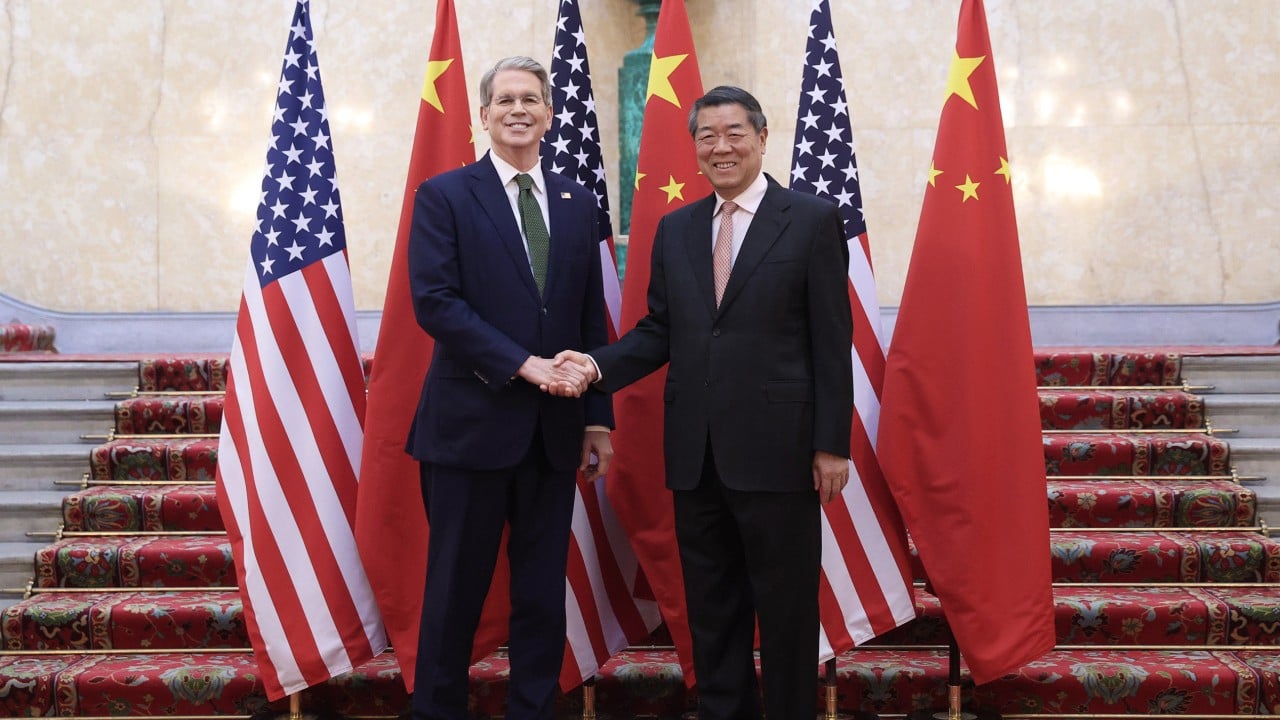Scientists at the Changchun Institute of Applied Chemistry, Chinese Academy of Sciences, have effectively developed an unique radical self-assembled molecular material.This innovation conquers both the insufficient performance and the difficulty of uniformly producing large-area hole-transport layers in perovskite solar cells.
The technology has actually been efficiency-certified by the U.S.
National Renewable Energy Laboratory.This result was released in the journal Science on June 27, 2025.
Perovskite solar cells have attracted intense interest for their low expense, high efficiency and simple processing, with applications ranging from large-scale photovoltaics (PV) installations to vehicle-integrated, building-integrated PV.However, the extensively used organic self-assembled molecules in the hole-transport layer have long hit a performance bottleneck, leading to lower device efficiency and obstacles in mass manufacturing.To tackle this, teams led by Qin Chuanjiang, Wang Lixiang and other researchers spent three years independently developing a double-radical self-assembled molecule and integrating it into perovskite devices.According to tests by researcher Zhou Mins team, the brand-new material more than doubles carrier-transport rates under simulated operating conditions.Devices built with it also reveal essentially no performance destruction after continuous operation for countless hours.Over the previous decade, perovskite compounds have ended up being the product of choice for numerous business establishing next-generation solar cells.Qin states the groups next step is to promote industrial-scale applications of the brand-new material and to continue advancing the technology.(Cover: VCG)
Music
Trailers
DailyVideos
India
Pakistan
Afghanistan
Bangladesh
Srilanka
Nepal
Thailand
Iraq
Iran
Russia
Brazil
StockMarket
Business
CryptoCurrency
Technology
Startup
Trending Videos
Coupons
Football
Search
Download App in Playstore
Download App
Best Collections

 18
18













